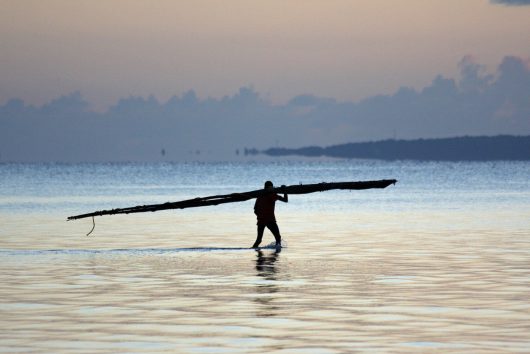7 Facts About Water Quality in Mozambique

Mozambique is a country in southeast Africa with a population of over 27 million people. The country is particularly susceptible to floods, droughts and earthquakes, which are a major hindrance to development. Mozambique is still recovering from a 15-year civil war that began in 1977 after the country gained its independence from Portugal. Listed by Business Insider as the seventh poorest country in the world (GDP per capita: $1,208), Mozambique has extremely limited access to clean water. To better understand the impact of this, here are the leading facts about water quality in Mozambique.
7 Facts About Water Quality in Mozambique
- The life expectancy in Mozambique is 49 years. This relatively low number, compared to 79 in the U.S., is due in part to communicable diseases such as diarrhea that are spread by the poor water quality in Mozambique. A large number of Mozambicans must use unsanitary water for drinking and sanitation.
- UNICEF reports that only 49 percent of Mozambicans have access to clean water. The urban areas of Mozambique seem to be faring better than the rural areas, with 80 percent of city inhabitants having access to clean water. Of the rural population, 35 percent have this access, making their situation especially precarious.
- UNICEF also reports that two in five Mozambicans defecate in the open due to a shortage of adequate sanitation facilities. Even health facilities and schools, places that should have good access to safe water and sanitation, suffer from this shortage. Just 40 percent of rural schools have safe water, sanitation and hygiene.
- Some nonprofit organizations have stepped in to assist with water quality in Mozambique. Among these, UNICEF, WaterAid and Water and Sanitation for the Urban Poor have had the largest impacts to date.
- UNICEF has invested in clean drinking water, restrooms and hand-washing stations for children in schools as well as in improving water quality in small towns and provinces in Mozambique. Thanks to its efforts, 487 elementary schools no longer require students to defecate outside the school, 265,000 people living in rural Mozambique now have improved quality water and 292,000 Mozambicans have better sanitation services.
- WaterAid has provided 500,000 people in Mozambique with safe drinking water and 220,000 people with adequate sanitation. This organization credits its success to the introduction of simple yet long-lasting technologies to poor communities. These include rope pumps (a type of deep well) and bathrooms that mix human feces with soil and ash to create compost, which has also helped Mozambicans’ crops.
- Water and Sanitation for the Urban Poor (WSUP) has created communal restrooms and provided technical support for wastewater treatment systems in poor urban communities, providing 123,000 people with improved sanitation services.
Steps have been taken to improve water quality in Mozambique, but help is still needed in this country to ensure access to basic sanitation for the majority of the country.
– Anna V. Gargiulo
Photo: Flickr
